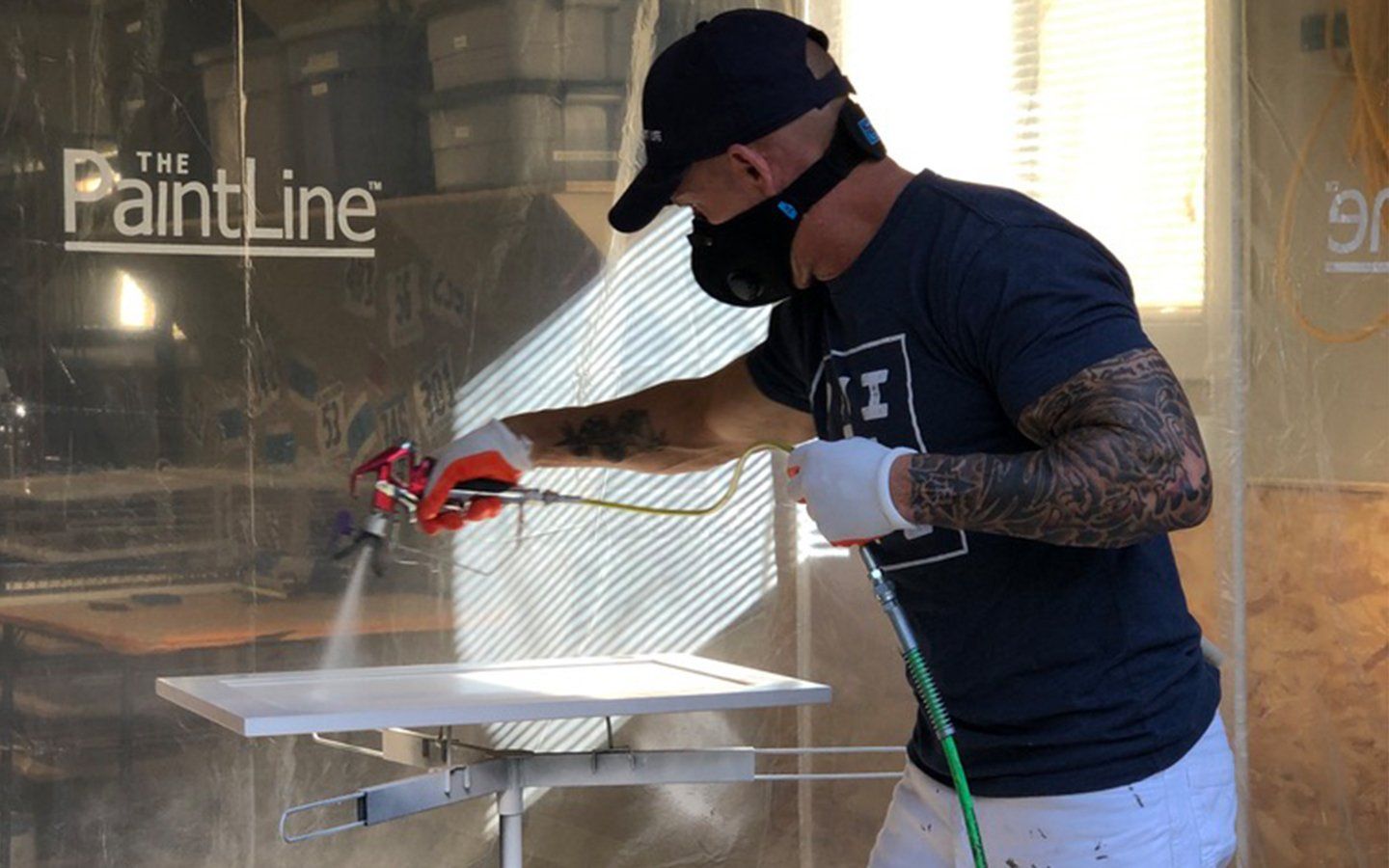How to Bid Cabinets
Throughout my career one of the questions that I get asked the most by professional painters and those trying to make their way into the trade is how do I bid? This is an incredibly important part of the process as it’s the first step in any paying paint job and it’s how you can distinguish yourself from your competition. Today I will be sharing my own process for bidding cabinets that I have crafted and revised over my 20-year painting career. I also have my own bid packets and painting business documents available for purchase on my store, to give you another step up over your competition during the bidding process with a professional looking bid packet you can hand your bids over in.
The very first step in the process of bidding cabinets is count up the doors and drawers that are in the project. I have a fixed price for doors and drawers that I use as the baseline for my bidding process. The base price that I use for my cabinet bids is $105 per drawer and $135 for door (USD). Usually a lot of kitchens cabinets will have side panels as well that need painted so I will also have that in my base price and will just break up the side panels size with relative how many door fronts it is. I will add up my doors, drawers, and side panels find out my base price off of that, but the process rarely stops there.
Most jobs will also have additional add-ons that will increase the overall price of the bid and I’ll go over a few common ones that I run into later, but I want to talk about how to talk to the customer about these add-ons. When going out to bid any cabinet job I prefer to do it in person so I can have an in-depth conversation with the customer about their expectations of the finished project. I cannot stress enough how important this part of the process is because it will translate into customer satisfaction if those expectations are properly met; and customer satisfaction is the key to more recommendations.
The number one requested add-on that I will get when talking to the customer is grain filling. A lot of the older cabinets we see, like oak, are grainy and meant to be lacquered or stained keeping their natural wood grain, but if you’re planning on painting them it really looks best if you grain fill them first. This is an incredibly time-consuming process however, so I make sure to charge accordingly. This is an add-on that also follows the per drawer or door pricing that is an addition $20 per door/drawer which includes doing the face framing as well.
Another common add-on I see is knotty-alder cabinets, which are alder cabinets that have large knots in them that tend to not look great if they are painted while not filled as they will cast dark shadows making your cabinets look unfinished. This process is really similar to grain filling but doesn’t require as much labor since you’re only filling the knots and not the whole face of the cabinet. I will typically charge an additional $10 per door or drawer for knot elimination. Of course, if I’m working on a set of cabinets where only some drawers had knots and some didn’t, I would only charge for the drawers that do have knots. Sometimes a customer will want to eliminate or relocate the holes where the knobs or handles used to be, which will require you to fill the old holes and is quite a bit of extra work. I have a flat fee of $250 for a set of kitchen cabinets for this.
Something I haven’t run into very often, but still comes up on occasion is customers asking for multiple colors in a single project. Some customers will want their island different than their cabinets, or their top and bottom cabinets different colors. While at first this doesn’t sound like a lot of extra work; it is still reloading paint, cleaning rollers, and ordering more paint which is costing your company more time and labor. For this I have a flat fee of $200 per additional color.
Working with recess panel doors you will occasionally run into a situation where the customer will ask you to caulk the door. While the debate of should you caulk or not caulk cabinet doors is a whole entire discussion in itself that I have a video on that I suggest you watch before considering doing it; I do have an additional price I charge for it which is $10 per door or drawer. Doors with inserted glass panels do often show up in my bids and they are a huge extra liability and I will charge $30 extra for each door that has insert glass in it.
Another rare case that I will run into is customers actually wanting the insides of the “box” sprayed, as in the actual inside of where the doors and drawers come from. This is an incredibly difficult thing to do as it’s a tight space and difficult to work in and get 100% coverage. Due to this extra hassle I like to charge $30 per door or drawer to paint the insides of the cabinets.
A quick tip: a lot of the time they are white melamine and I would highly suggest not painting it but if the customer is adamant that you paint them you need to use a heavy duty primer like X-I-M UMA to help your paint stick.
In summation my bidding process is as follows:
Base Price:
# of Doors x $115
+
# of Drawers x $95
Grain Filling:
$20 x Number of Doors/Drawer
Filling Knotty Alder:
$10 x Number of Doors/Drawers
Caulking Recess Panels:
$10 x Number of Doors/Drawers
Glass Inserted Panels:
$30 x Number of Doors/Drawers
Painting Insides of Cabinets:
$30 x Number of Doors/Drawers
Filling Knob or Handle Holes:
$250 Flat Rate
My final piece of advice is again to remember the human element of the process, while my process has worked for me in my situation and my area it might not work for everybody everywhere. While in all of my bidding processes I have fixed prices that I use as a starting point for my bids I always like to leave some room for the human element. Sometimes you will get to a job and realize it is going to be a lot more work than what you would normally do, and you need to adjust your price accordingly for those special circumstances. This can work inversely as well where a job can be a lot easier than your typical cabinet job and you can bring your estimate down to be more competitive knowing that it's going to take less labor to finish. I would use what I have presented in this article as a baseline for you to figure out your own rates and remember nothing has to be concrete. If you are without of a lot of jobs that month and need extra money you can lower your bids to ensure more work, and the opposite if you’re too busy to do all the jobs you have coming in. And don’t forget that location is another huge part of things, so try and get a sense of the going rates in your area and prepare to adjust according to what those around you are doing. Hopefully this information you will find helpful in furthering your painting business and help you win more bids. Keep on rolling.
While in all of my bidding processes I have fixed prices that I use as a starting point for my bids I always like to leave some room for the human element.
Chris Berry - The Idaho Painter




